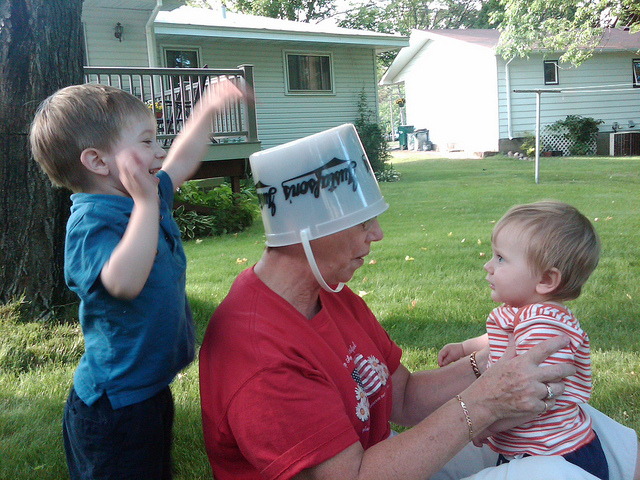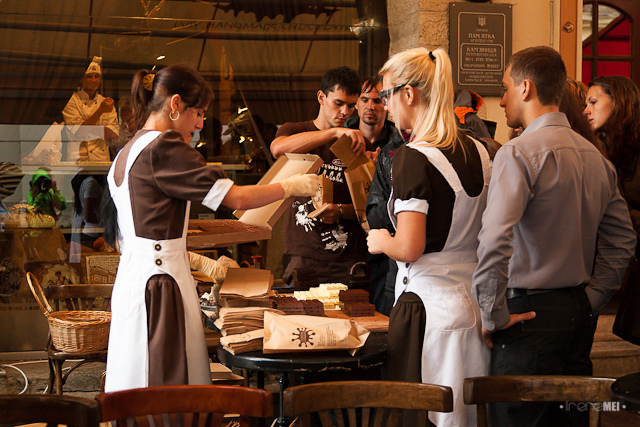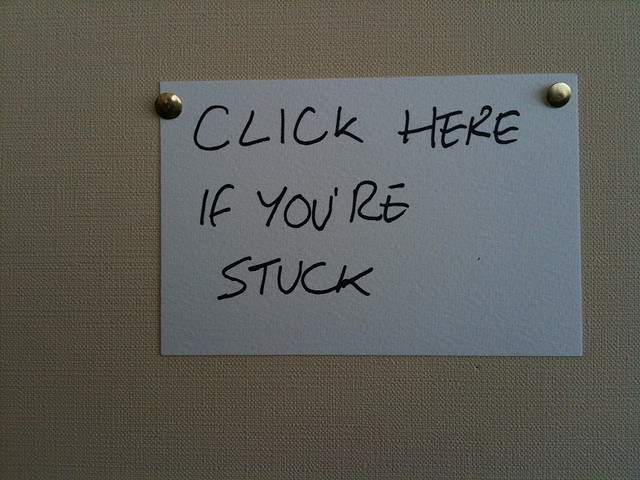Unlock the Magic in Your Story Now
Get the Free 20 questions to Ask Before Launching Your Idea workbook when you sign up for occasional updates.
Get the Free 20 questions to Ask Before Launching Your Idea workbook when you sign up for occasional updates.
Hope Is Not A Marketing Strategy
 There’s a tiny market in Potts Point every Sunday. Each week the stallholders show up and hope. They hope that someone who might be their customer will show up too. The stallholders sell things that a passer-by might want, usually things that they could get somewhere else if they weren’t going to buy it on impulse between 8am and 4pm on a lazy Sunday.
There’s a tiny market in Potts Point every Sunday. Each week the stallholders show up and hope. They hope that someone who might be their customer will show up too. The stallholders sell things that a passer-by might want, usually things that they could get somewhere else if they weren’t going to buy it on impulse between 8am and 4pm on a lazy Sunday.
The guy selling jewellery made from LEGO has a different strategy. He understands the worldview of the grandmas who come to buy LEGO earrings and necklaces. They don’t want to look more stylish or glamorous, they want to feel more connected to their grandchildren. A LEGO earring-wearing grandma definitely has a cool factor.
The earring maker knows his customers and what makes them tick before he sets up his stall, and he creates things just for them. It turns out that understanding your customers is a better strategy than hope.
Image by Becca Nelson.
Share this article
Do It Like You Mean It
 I’m not sure if it was the fact that she was reading a hardback book that made me notice the woman at the back of the cafe. When was the last time you saw someone reading a hardback book? When I asked her what she was reading, she flipped it over. Self help—2014 was going to be “her year”.
I’m not sure if it was the fact that she was reading a hardback book that made me notice the woman at the back of the cafe. When was the last time you saw someone reading a hardback book? When I asked her what she was reading, she flipped it over. Self help—2014 was going to be “her year”.
We chatted while we waited for the coffees to arrive. She wanted to do something that mattered and to write. We got talking about blogging and platforms and self-hosted WordPress. She wondered about the cost of getting up and running on her own .com, and then without even realising it she signaled her intention for her project and for herself.
“Sounds like that would be a good investment if you’re serious about it.”
What alternative is there? If you’re not serious what’s the point of starting?
Every day you’re crafting your intention for your business. That intention is felt in even the tiniest detail and the story you tell yourself is perhaps the most important story of all.
Be serious. Intend to succeed.
Do it like you mean it.
Image by Emyan.
Share this article
The Secret Power Of Promises
 Have you noticed that about a month out from Christmas people begin not to be able to promise you anything?
Have you noticed that about a month out from Christmas people begin not to be able to promise you anything?
“We’ll try to fit you in, but…you know how it is at this time of year. We can’t promise you anything.”
Promises are the reason we trust the brands that we trust. Promises are the reason we care about the companies we care about.
The ability to make and keep promises is one of the last differentiators we’ve got.
Image by Timothy K. Hamilton.
Share this article
The Question Your Competitors Forgot To Ask
filed in Marketing, Storytelling, Strategy
 The foundation of many businesses is a simple what.
The foundation of many businesses is a simple what.
What do we serve and sell, for how much, at what profit margin?
Getting stuck in ‘the what’ puts you squarely in the commodities business. If the value you create is purely tangible then you’re not giving people a reason to care about your brand, or ways to form a connection that makes them remain loyal to your business. Someone somewhere can produce shorts or bake a loaf of bread cheaper than you can. And the consultant across town can offer four coaching sessions for the price of your three.
If you want to build a brand that creates difference and one that people feel connected to, the better question to begin with is the one your competitors most likely forgot to ask.
How are we creating value for our customers?
Because when you begin by understanding the truth about what really matters to your customers and take action on that, you can’t help but become the competition.
If you need to be convinced that meaning scales this video from Patagonia should do the trick.
Image by Jorge Quinteros.
Share this article
The Real Reason The Microsoft Store Is Empty
filed in Marketing, Storytelling, Strategy
 Clues about what matters to people and how their emotions drive their choices are all around us and there’s no better time to see evidence of this in action than during the festive season.
Clues about what matters to people and how their emotions drive their choices are all around us and there’s no better time to see evidence of this in action than during the festive season.
Slate recently posted two images that tell two very different brand stories. Both photos were taken on what should have been a busy Sunday afternoon during the peak-shopping season. One shows an empty Microsoft Store, the other a packed Apple Store.
No big surprise there you might say. Everyone knows that people use Microsoft products, but few are in love with the brand. Contrast that with how people feel about Apple products. We know that when Steve Jobs and his design team were working on the iPhone he charged them with designing the first phone people would fall in love with, but innovation and marketing at Apple goes one step beyond that. While Microsoft have been building utilitarian products for years, Apple has been creating products that people not only love, but the kind of products that help people to fall just a little bit more in love with themselves.
Businesses that have thrived in a Business 3.0 world have succeeded at some level in helping people to feel better about themselves.
The same opportunity is open to you…..and Microsoft.
Image by Joe Wilcox.
Share this article
What Successful People Don’t Do In The Morning…
filed in Strategy
 …or in the evening, or even on weekends.
…or in the evening, or even on weekends.
They don’t look for someone else’s secret sauce on a “what successful people do” list, even if there are 730 million search results to tell them how it’s done.
It’s easy to confuse other people’s solutions for your answers.
You don’t have to be defined by what’s gone before you.
Image by Kreg Steppe.
Share this article
Price Is A Story We Tell Ourselves
filed in Marketing, Storytelling, Strategy
 I’m worth it. It might be gone tomorrow. You could make it at home for half that. This is a one off. People pay for intangible value all the time.
I’m worth it. It might be gone tomorrow. You could make it at home for half that. This is a one off. People pay for intangible value all the time.
Consider Uber, “the app that connects you with a driver at the tap of a button” on your smartphone. If you simply need to get from point A to point B, why not just call or hail a taxi on the street? Well, apart from the fact that using Uber means you don’t have to wait in the rain, you don’t even need to have cash or credit cards to pay. The real value of the service is not simply in getting people where they need to go. The value of Uber though is in the perception of time saved and the elimination of uncertainty. The ability to know exactly where your driver is and to track him as he gets to you using GPS is something plenty of people reckon is worth paying for. People place a premium on their time. Uber doesn’t need to employ the drivers, or to own the fleet of cars to provide value (to the tune of a rumoured $1 Billion a year).
The sticker price may help us rationalise the decision to reach for our wallet, but often it’s the things we can’t see, and the emotional investment made where most value is created.
Price, and value are stories we tell ourselves. What story are your customers telling?
Image by Yang and Yung.
 …..they shop to dream. They don’t want stuff. They want to imagine a better version of themselves.
…..they shop to dream. They don’t want stuff. They want to imagine a better version of themselves. There’s no denying it
There’s no denying it  LEGO® bricks are the best in the world. Competitors have tried to copy them over the years, but nothing comes close to a real LEGO® brick. So what’s the secret?
LEGO® bricks are the best in the world. Competitors have tried to copy them over the years, but nothing comes close to a real LEGO® brick. So what’s the secret?